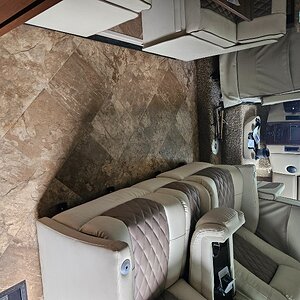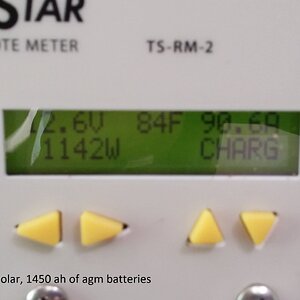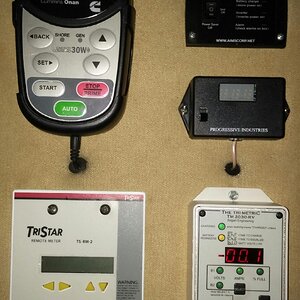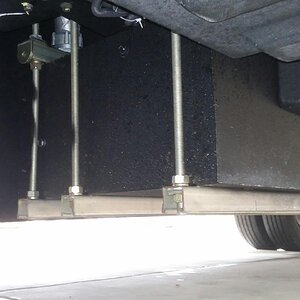I appreciate everyone's input, even if it isn't in my favor. With all the research I've done over the last week, here are my takeaways/goals:
- Keeping loaded trailer weight at 72.5% of towing capacity (4,500/6,200)
- Results in a tongue weight of 585 lbs (13%), under capacity of 620
- No cargo in tow vehicle to remain within payload capacity
- WDH/SC hitch to help distribute weight between the TT and TV, and reduce/prevent sway
- Calibrate that trailer brake controller
- Keep a safe distance and be aware of surroundings on the road
- Slow down or stop if conditions get too dangerous
- Have fun!
As I did research this week, between here and a few other places, I've learned a lot about the good and bad of RVing. Seeing everyone's response, whether in my favor or not, is really helpful for a first timer who wants to get to know the possible problems one might face.
Thanks all.












